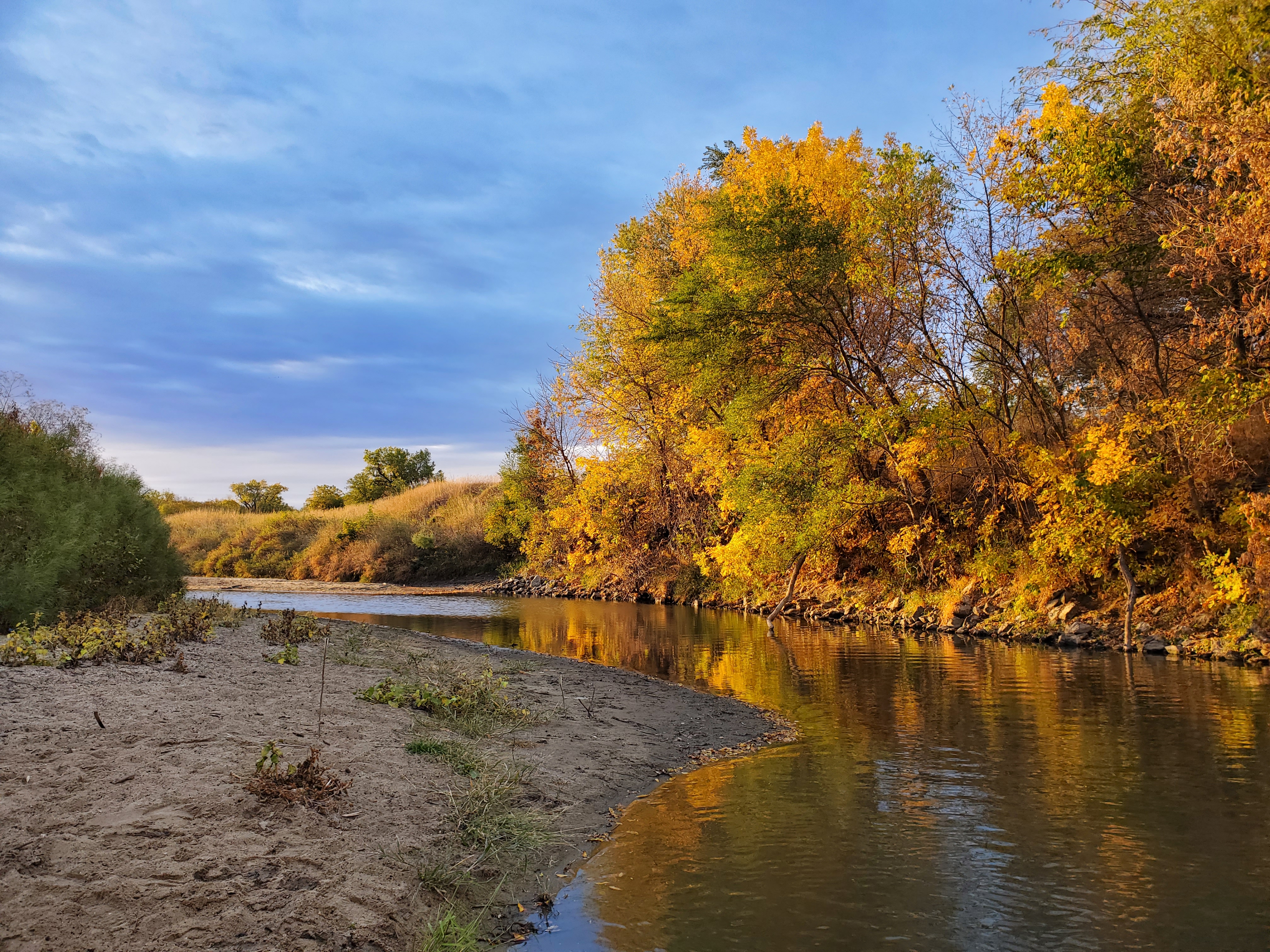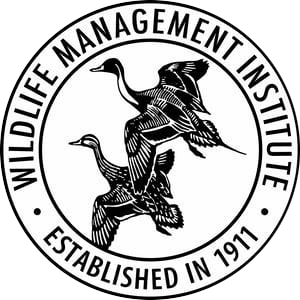Climate change will exacerbate these changes and likely lead to further shifts in species composition and biodiversity loss. Conservation and management actions needed to counter shifts in species composition and biodiversity loss depend on identifying environmental thresholds (i.e., tipping points) after which undesirable state shifts occur. Yet, identifying systematic environmental thresholds across freshwater ecosystems remains elusive despite the recognition that reaching thresholds may lead to trajectories with irreversible changes.
Goals
Many prairie-stream fishes are considered vulnerable to extirpation and are highly threatened given large-scale changes to landuse and water availability. Without direct evidence regarding ecological thresholds beyond which these species cannot exist, management decisions and implementation of management practices are highly restricted.
A region-wide perspective will thus allow natural resource management agencies to learn from and anticipate change based on current spatial variation in, for example, the rate and magnitude of agricultural conversion to urban land use, or upper thermal limits of organisms from south to north, across the study area. management and conservation actions (e.g., provide environmental flow allocations) that facilitate species persistence.
Current Status
Land use, geomorphic change, and fragmentation threaten prairie stream biodiversity and ecosystem function through changes in flow, temperature, and connectivity. Climate change will exacerbate these changes and likely lead to further shifts in species composition and biodiversity loss. Conservation and management actions needed to counter shifts in species composition and biodiversity loss depend on identifying environmental thresholds (i.e., tipping points) after which undesirable state shifts occur. Yet, identifying systematic environmental thresholds across freshwater ecosystems remains elusive despite the recognition that reaching thresholds may lead to trajectories with irreversible changes. The substantial climatic gradient across the Great Plains prairie ecoregion provides an ideal setting to evaluate environmental threshold responses in freshwater streams. Further, prairie streams are embedded within a matrix of diverse land use and geomorphic conditions. A region-wide perspective will thus allow natural resource management agencies to learn from and anticipate change based on current spatial variation in, for example, the rate and magnitude of agricultural conversion to urban land use, or upper thermal limits of organisms from south to north, across the study area. management and conservation actions (e.g., provide environmental flow allocations) that facilitate species persistence. Specifically, we propose to:
1) aggregate and quantify the spatial and temporal landscape of environmental gradients, including temperature, precipitation, and land use and characterize spatial and temporal patterns of aquatic assemblage diversity,
2) identify threshold responses in aquatic assemblage structure to environmental gradients, and
3) identify and aggregate data to support management actions that resist reaching thresholds, direct community trajectories, or accept change and promote tracking of aquatic assemblages to climate shifts.

Post-Doctoral Researcher
- Shannon C F Smith
Principle Investigator
- Jonathan Spurgeon
Project Duration
October 2024 – September 2029
Funding
- USGS
- North Central Climate Adaptation Science Center
Project Location
- Great Plains, U.S.A.




